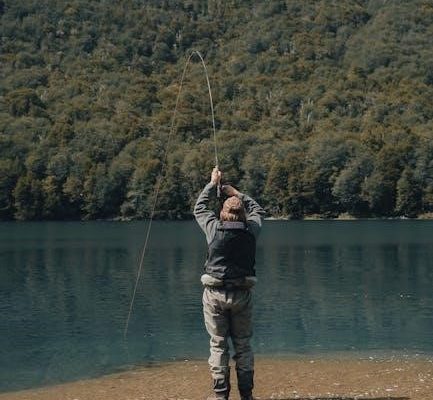Yellowstone National Park offers renowned fly fishing opportunities, with diverse species like trout. Its pristine rivers and lakes provide unique experiences for anglers, emphasizing conservation and sustainable fishing practices.
Overview of Yellowstone National Park’s Fly Fishing Opportunities
Yellowstone National Park is renowned for its exceptional fly fishing, offering diverse opportunities to catch native trout species. With over 2,000 miles of rivers and streams, anglers can explore world-class waters like the Madison and Firehole rivers. The park’s pristine ecosystems and seasonal hatches provide a unique experience, attracting both novice and expert fly fishermen.
Why Yellowstone is a Premier Destination for Fly Fishing
Yellowstone’s untouched rivers and abundant wildlife make it a fly fishing paradise. Its crystal-clear waters host native trout, and the park’s strict conservation efforts ensure sustainable fishing. Seasonal hatches and diverse fish behavior offer challenges and rewards for all skill levels, making Yellowstone a must-visit destination for anglers seeking unforgettable experiences.
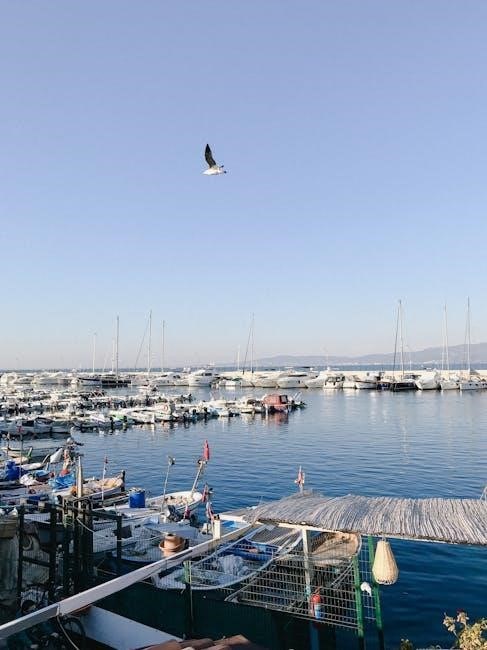
Best Fly Fishing Locations in Yellowstone
Yellowstone’s rivers and streams are renowned for their trout populations. The Firehole, Madison, and Yellowstone Rivers are favorites, offering diverse fishing experiences.
Top Rivers and Streams for Trout Fishing
Yellowstone’s Madison, Firehole, and Yellowstone Rivers are iconic for trout fishing. The Gibbon and Lamar Rivers offer secluded spots, while Slough Creek is a dry-fly paradise. These waters are home to native cutthroat trout, making them a haven for anglers. Each river offers unique challenges and opportunities, catering to both novice and experienced fly fishers.
Hidden Gems: Less Crowded Fishing Spots
For a secluded experience, explore lesser-known streams like the Gardner and Thorofare Rivers. These remote areas offer untouched waters teeming with trout. The Bechler River, known for its cascades, and the remote tributaries of Yellowstone Lake also provide peaceful fishing opportunities, rewarding anglers willing to venture off the beaten path. Solitude and abundant fish make these spots truly special.
Understanding Yellowstone’s Fishing Seasons
Yellowstone’s fishing seasons vary by species and water conditions, with spring and summer offering prime opportunities for trout. Fall brings cooler waters, while winter limits access. Conservation guidelines ensure sustainable fishing practices, protecting native species and maintaining ecosystem balance for future anglers. Timing your trip according to seasonal fish behavior enhances success.
Seasonal Variations in Fish Behavior and Hatches
Yellowstone’s fish behavior and insect hatches vary significantly by season. Spring brings meltwater, affecting river clarity and fish location, with early hatches like blue-winged olives. Summer offers peak activity, with trout feeding on salmonflies and golden stones. Fall sees cooler waters and active feeding before winter, with mahogany duns and baetis emerging. Winter limits fishing but midges remain active, requiring precise tactics.
Best Times of Year for Specific Species
Yellowstone’s fishing seasons align with species-specific activity. Cutthroat trout are active in spring and summer, while Lake Trout are targeted year-round. Late summer is ideal for grayling, and fall offers brook trout opportunities. Early summer sees salmonfly hatches, attracting brown trout, and midges prevail in winter, making them a reliable target during colder months with precise fly selection.
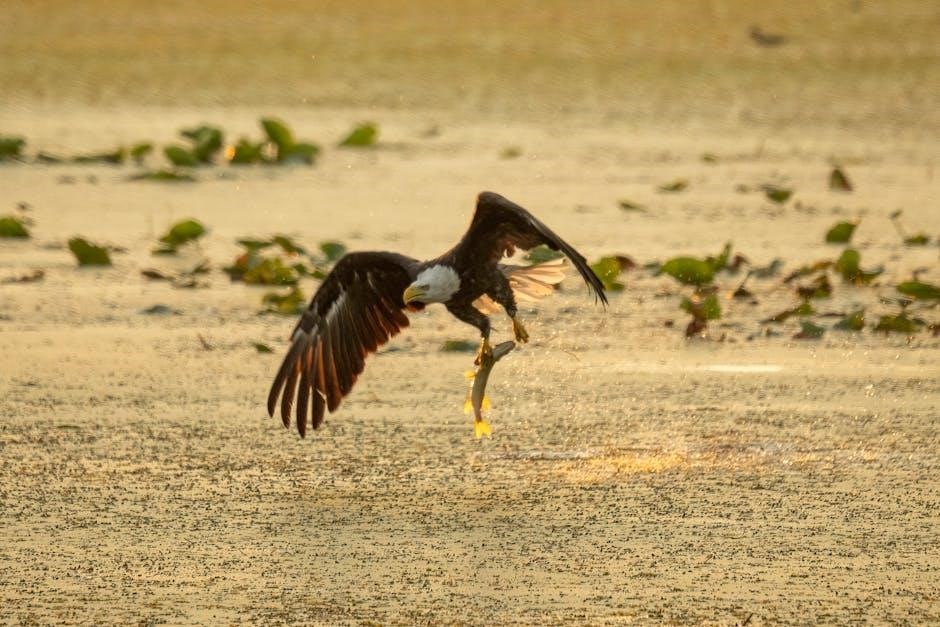
Fishing Regulations and Etiquette
Yellowstone requires a fishing license, offering 3-day, weekly, or seasonal permits. Catch-and-release practices help conserve native species. Anglers must respect wildlife and strictly adhere to regulations for sustainability.
License Requirements and Park Rules
Fishing in Yellowstone requires a valid park fishing license, available as 3-day ($40), 7-day ($55), or season-long ($75) permits. Anglers must follow strict catch-and-release policies for native cutthroat trout and adhere to gear restrictions. Only artificial lures and flies are permitted, with a maximum of two hooks per line. Respect wildlife and other anglers to maintain the park’s pristine environment.
Environmental Conservation Practices
Yellowstone’s fishing regulations prioritize native species conservation, especially cutthroat trout. Anglers must release all native trout unharmed and eliminate invasive species like lake trout. Proper catch-and-release techniques, handling fish gently, and avoiding habitat disruption are crucial. Using lead-free tackle and respecting closed areas help preserve the ecosystem for future generations of anglers and wildlife alike.
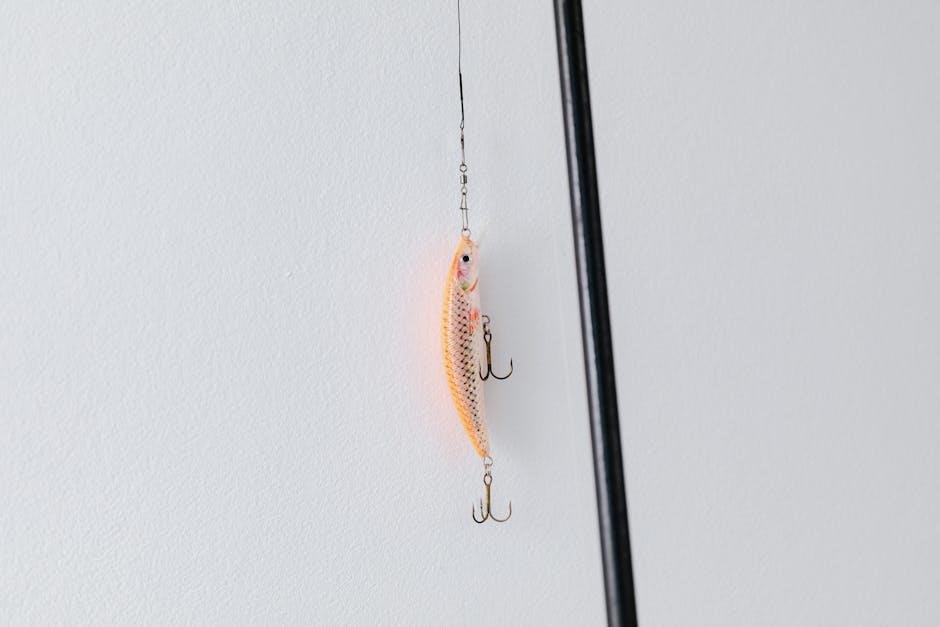
Essential Fly Fishing Gear for Yellowstone
A 5-weight rod, floating line, and reliable reel are must-haves. Pack nymphs, dry flies, and streamers. Waders, a net, and tackle box are also essential for success.
Recommended Rods, Reels, and Lines
A 5-weight fly rod and reel combo is ideal for Yellowstone’s trout. Use a floating line for dry flies and a sinking line for nymphs or streamers. Leaders should range from 9-12 feet with 3X to 5X tippet; This setup works well for rivers like the Madison and Yellowstone, ensuring versatility for various fishing techniques and conditions.
Must-Have Flies and Lures
Essential flies include dry patterns like elk hair caddis and blue-wing olives for surface action. Nymphs like beadhead pheasant tails and hare’s ears are effective for subsurface fishing. Streamers such as woolly buggers and clouser minnows work well for larger trout. These flies cover Yellowstone’s diverse hatches and fishing conditions, ensuring success in various rivers and streams throughout the park.
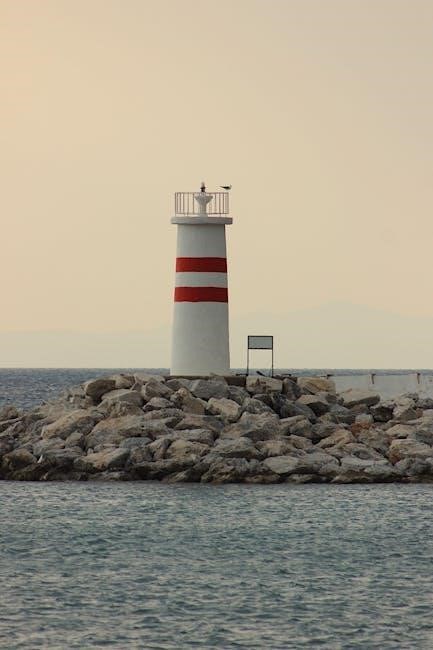
Hiring a Fly Fishing Guide in Yellowstone
Hiring a fly fishing guide in Yellowstone offers expert knowledge, local insights, and tailored trips, ensuring a memorable experience for anglers of all skill levels with provided gear.
Benefits of Guided Tours for Beginners and Experts
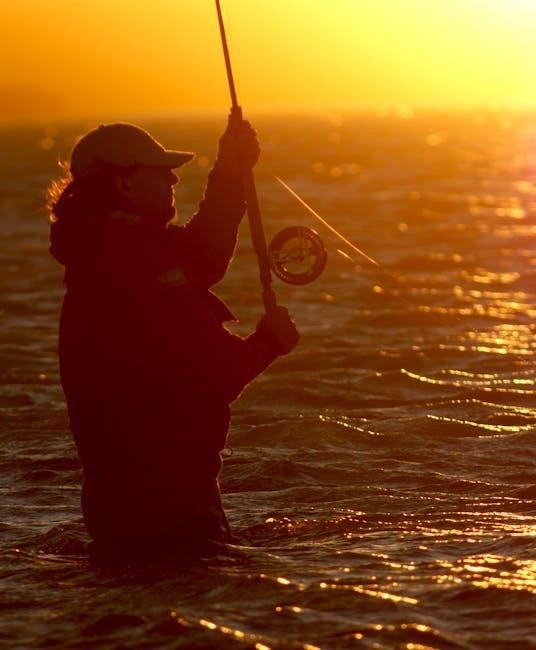
Guided tours offer tailored experiences, enhancing skills for both novices and experienced anglers. Experts gain insider knowledge on prime spots and techniques, while beginners receive hands-on instruction. Guides ensure safety, provide gear, and share insights into Yellowstone’s unique ecosystems, maximizing fishing success and fostering a deeper connection with the park’s natural beauty.
Reputable Guide Services and Costs
Yellowstone offers reputable guide services, such as Yellowstone Fishing Guides and Blue Ribbon Flies. These services provide expert knowledge, ensuring a memorable experience. Costs typically range from $350 for half-day trips to $450 for full-day excursions, often inclusive of gear and instruction. Respected outfitters cater to all skill levels, offering tailored adventures that enhance your fly fishing journey in Yellowstone.
DIY Fly Fishing in Yellowstone
Plan a solo adventure with proper gear and knowledge. Obtain a park license, understand regulations, and explore rivers like the Firehole for a memorable experience.
Tips for Planning a Successful Solo Trip
- Obtain a Yellowstone fishing license and understand park regulations before your trip.
- Research prime fishing locations like the Firehole and Madison rivers.
- Plan according to seasonal fish behavior and insect hatches.
- Pack essential gear, including rods, flies, and waders.
- Seek advice from local fly shops for up-to-date fishing conditions.
- Be prepared for variable weather and rugged terrain.
- Inform someone of your itinerary and expected return time.
Local Resources for Gear and Advice
Local fly shops like Blue Ribbon Flies in West Yellowstone offer expert advice, gear, and up-to-date fishing reports. Park rangers provide insights into fishing conditions and regulations. Guide services and local tackle shops near park entrances are excellent resources for equipment and tips tailored to Yellowstone’s unique fishing environment.
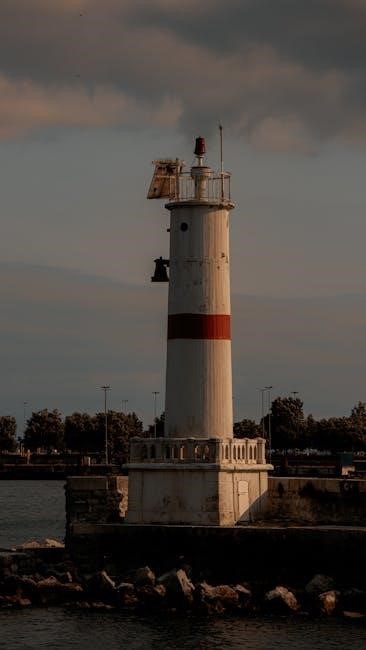
Advanced Techniques for Yellowstone Fly Fishing
Mastering nymphing, dry fly, and streamer techniques enhances success. Reading water and identifying prime areas ensures precise casting and effective fly selection for Yellowstone’s diverse fish species.
Mastering Nymphing, Dry Fly, and Streamer Techniques
Nymphing excels in deeper waters, requiring precise depth control. Dry fly fishing thrives on surface action, demanding delicate presentations. Streamers mimic baitfish, ideal for aggressive predators in fast currents. Each technique demands skill and adaptability to Yellowstone’s dynamic waters, ensuring anglers can effectively target trout in various conditions.
Reading Water and Identifying Prime Fishing Areas
Reading water involves understanding river structure, current flows, and trout behavior. Look for riffles, pools, and undercut banks where trout hide or feed. Observe how light and shadows influence feeding patterns. Approach quietly, staying low to avoid spooking fish. Focus on transitions between fast and slow water, as these often hold feeding trout. Timing and observation are key to locating prime fishing spots.

Fly Fishing Etiquette and Safety
Practice catch-and-release fishing to preserve trout populations. Always respect other anglers and wildlife, giving them ample space. Handle fish gently and release them quickly to ensure survival. Follow park rules and safety guidelines to protect both yourself and the environment.
Respecting Other Anglers and Wildlife
Maintain a safe distance from other anglers to ensure an enjoyable experience for everyone. Avoid loud noises and keep movement subtle to preserve the natural environment. Respect wildlife by keeping a safe distance from animals like bears and bison. Never feed wildlife, as this disrupts their natural behavior and can harm both humans and animals. Always prioritize conservation and ethical fishing practices.
Staying Safe in Yellowstone’s Wilderness
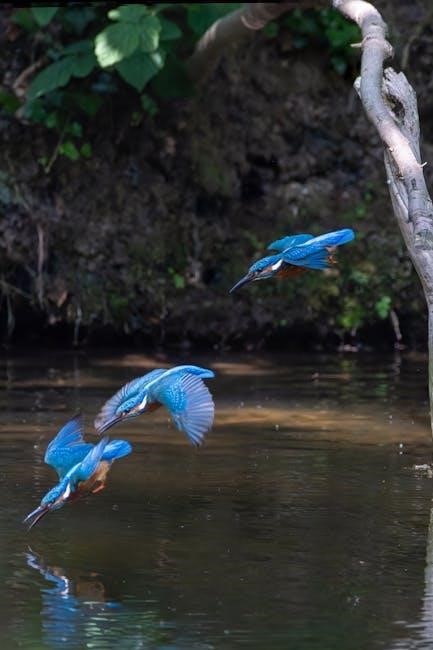
Carry bear spray and know how to use it, as encounters with wildlife are common. Stay on designated trails and avoid approaching animals. Be aware of changing weather conditions and plan accordingly. Inform someone of your fishing plans and expected return time. Keep a first-aid kit handy and stay informed about park safety guidelines to ensure a secure adventure.
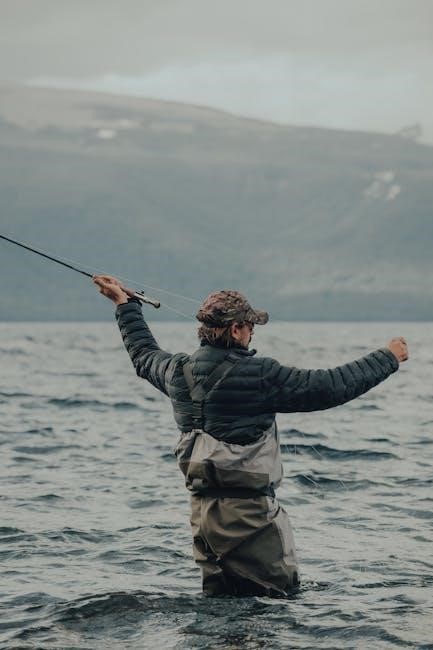
Final Tips for an Unforgettable Yellowstone Fly Fishing Experience
To ensure an unforgettable trip, research season-specific hatches and fish behavior. Pack essential gear, including nymphs and streamers, and consider hiring a guide for expert insights. Respect wildlife, follow park regulations, and practice catch-and-release to preserve the ecosystem. Plan ahead, stay safe, and immerse yourself in Yellowstone’s stunning natural beauty for a truly memorable adventure.
Resources for Further Planning and Learning
Utilize online forums, local fly shops, and official park guides to gather insights. Check stream flows and fishing reports for real-time conditions. Consider enrolling in casting lessons or workshops to enhance skills. Download maps and apps for navigating Yellowstone’s waters. Visit trusted websites like Blue Ribbon Flies or Yellowstone Fishing Guides for comprehensive resources and expert advice.
